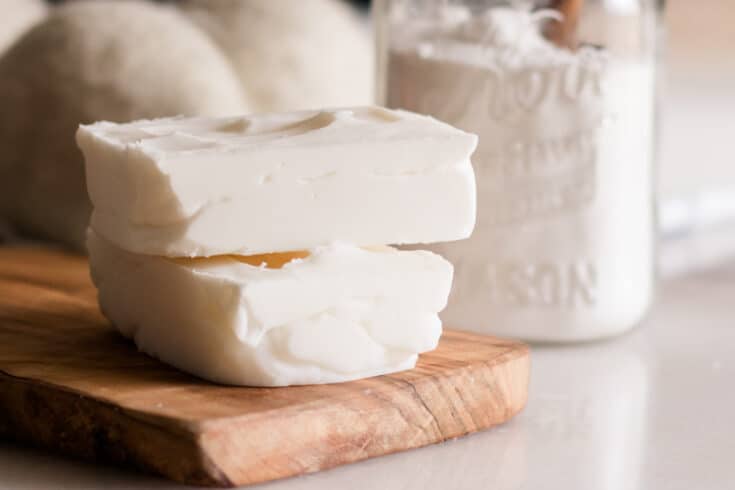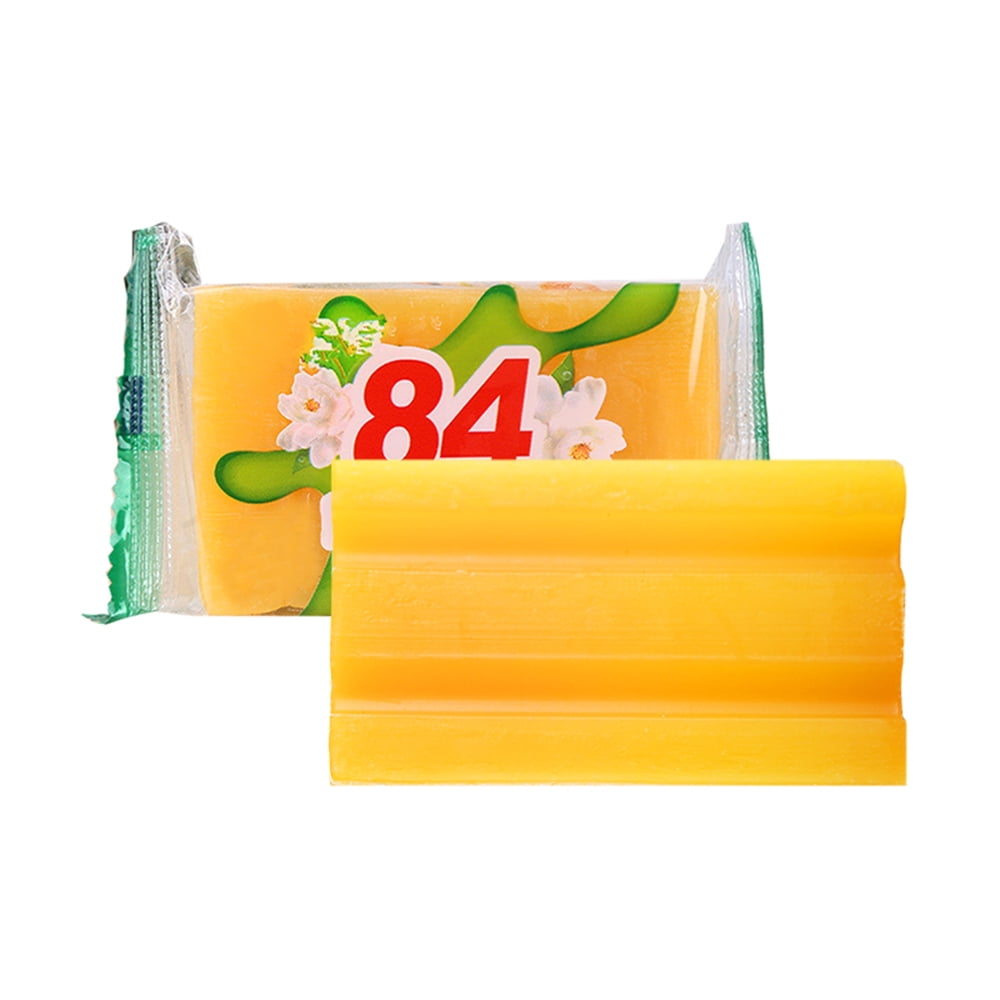In the realm of household chores, laundry takes center stage. While detergents reign supreme, the allure of creating your own laundry soap bars beckons those seeking a sustainable, economical, and personalized cleaning solution. Embark on this enlightening journey as we delve into the secrets of crafting these remarkable cleaning companions.
From the choice of ingredients to the art of customization, this comprehensive guide empowers you with the knowledge and techniques to create laundry soap bars that cater to your specific needs and preferences. Prepare to transform your laundry routine into an aromatic and eco-conscious experience.
Ingredients for Laundry Soap Bars
Creating laundry soap bars involves combining various ingredients, each playing a specific role in the cleaning process. These ingredients can be categorized into different groups based on their functions.
The primary ingredients in laundry soap bars are surfactants, which act as cleaning agents. They help lift dirt and stains from fabrics by reducing the surface tension between the fabric and the water. Common surfactants used in laundry soap bars include sodium lauryl sulfate (SLS), sodium laureth sulfate (SLES), and alkyl polyglucosides.
Builders
Builders enhance the cleaning power of surfactants by softening hard water and neutralizing acids. They help remove mineral deposits and improve the overall effectiveness of the soap. Common builders include sodium carbonate (soda ash), sodium bicarbonate (baking soda), and sodium silicate.
Enzymes
Enzymes are biological catalysts that break down specific types of stains, such as proteins, fats, and carbohydrates. They help remove stains that are difficult to remove with surfactants alone. Common enzymes used in laundry soap bars include protease, amylase, and lipase.
Bleach
Bleach is a chemical agent that whitens fabrics and removes stains. It can be chlorine-based or oxygen-based. Chlorine bleach is effective in removing stains but can damage fabrics, while oxygen bleach is gentler and suitable for delicate fabrics.
Fragrances and Dyes
Fragrances and dyes are added to laundry soap bars to enhance the scent and appearance of the soap. They do not contribute to the cleaning process but can make the laundry experience more pleasant.
Methods for Making Laundry Soap Bars

There are two primary methods for making laundry soap bars: the hot process and the cold process. Both methods involve combining fats or oils with an alkali, such as lye, to create a chemical reaction called saponification. This reaction produces soap and glycerin.
Hot Process Method
The hot process method involves heating the fats or oils and lye together in a double boiler until the mixture reaches a temperature of approximately 180 degrees Fahrenheit (82 degrees Celsius). This high temperature accelerates the saponification process, resulting in a finished soap bar within a few hours.
Steps:
- Measure and combine the fats or oils and lye in a double boiler.
- Heat the mixture until it reaches 180 degrees Fahrenheit (82 degrees Celsius).
- Stir the mixture constantly until it reaches a trace, which means the mixture has thickened slightly and leaves a trail on the surface when dripped from a spoon.
- Pour the mixture into a mold and allow it to cool and harden.
- Unmold the soap and cut it into bars.
Tips:
- Use a digital thermometer to ensure the mixture reaches the correct temperature.
- Stir the mixture frequently to prevent scorching.
- Allow the soap to cool completely before unmolding and cutting it.
Variations and Customization
Creating laundry soap bars is a versatile process that allows for customization to suit specific preferences. Experiment with different ingredients, scents, and colors to create unique and effective cleaning solutions.
Adjusting Ingredients
Adjusting the proportions of ingredients can alter the cleaning power and texture of the bars. For instance, increasing the amount of baking soda enhances odor removal, while more borax boosts stain-fighting capabilities.
Adding Scents
Incorporate essential oils or natural fragrances to create pleasant-smelling laundry soap bars. Add a few drops of lavender oil for a calming effect or tea tree oil for its antibacterial properties.
Customizing Colors
Use natural dyes or food coloring to add vibrant hues to your laundry soap bars. Experiment with turmeric for a yellow tint, beetroot powder for pink, or spirulina powder for a green shade.
Creative Variations
- Exfoliating Soap Bars: Add ground coffee or oatmeal to the mixture for an exfoliating effect that removes dead skin cells from clothing.
- Whitening Soap Bars: Incorporate lemon juice or hydrogen peroxide to brighten whites and remove stains.
- Hypoallergenic Soap Bars: Use fragrance-free ingredients and avoid harsh chemicals to create gentle soap bars suitable for sensitive skin.
Benefits and Uses
Laundry soap bars offer several advantages, making them a popular choice for eco-conscious and budget-savvy individuals. These bars are highly concentrated, producing more washes per bar compared to liquid detergents, reducing waste and saving money in the long run.
Beyond their primary purpose, laundry soap bars have various other uses that extend their versatility. They can be used for spot cleaning stains on carpets, upholstery, and clothing, effectively removing dirt and odors. Additionally, they can be grated and added to homemade cleaning solutions for floors, countertops, and bathrooms, providing a natural and effective cleaning agent.
Tips for Effective Use
- For optimal results, dissolve the bar in hot water before adding it to the washing machine.
- Use a mesh bag or an old sock to contain the bar during washing, preventing it from disintegrating and leaving residue in the machine.
- For heavily soiled items, pre-treat stains with a solution of grated soap bar and water.
- When using for cleaning surfaces, test an inconspicuous area first to ensure compatibility.
Troubleshooting and FAQs

If you encounter any difficulties or have questions while making or using laundry soap bars, here are some common issues and their solutions:
Refer to the following table for a comprehensive guide to troubleshooting and frequently asked questions:
| Issue/Question | Solution/Guidance |
|---|---|
| Soap bars are too soft | Reduce the amount of water or add more soap flakes. |
| Soap bars are too hard | Add more water or reduce the amount of soap flakes. |
| Soap bars are not lathering well | Use a higher quality soap base or add more lathering agents, such as coconut oil. |
| Soap bars are leaving residue on clothes | Rinse the clothes thoroughly or use less soap. |
| Soap bars are causing skin irritation | Use a gentler soap base or avoid using the soap on sensitive skin. |
| How long do laundry soap bars last? | Homemade laundry soap bars typically last for several months, depending on the frequency of use and storage conditions. |
| Can I use laundry soap bars in all types of washing machines? | Yes, laundry soap bars can be used in all types of washing machines, including top-load, front-load, and high-efficiency machines. |
Outcome Summary
As you embark on your soap-making adventure, remember that experimentation and creativity are your steadfast companions. Embrace the opportunity to tailor your laundry soap bars to your unique preferences, whether it’s infusing them with invigorating scents or adding a touch of color to brighten your laundry day.
The possibilities are endless, and the rewards of using your own handcrafted laundry soap bars are immeasurable.
Questions and Answers
Q: What are the key benefits of using laundry soap bars?
A: Laundry soap bars offer an array of benefits, including their eco-friendly nature, cost-effectiveness, and customizable formulations. They are gentle on fabrics, reduce packaging waste, and allow you to control the ingredients used in your laundry detergent.
Q: Can I use laundry soap bars for purposes beyond laundry?
A: Yes, laundry soap bars have versatile uses beyond laundry. They can be employed as stain removers, dishwashing agents, and even as a natural cleaning solution for various household surfaces.
Q: How do I troubleshoot common issues encountered while making laundry soap bars?
A: Troubleshooting laundry soap bar issues is crucial for successful soap making. Common problems include bars that are too soft or too hard, insufficient lather, and unpleasant odors. Consult our comprehensive guide for detailed solutions and guidance on resolving these issues.
